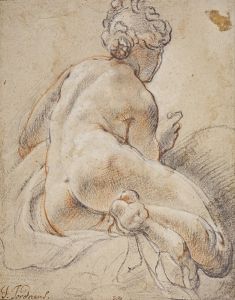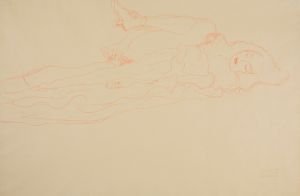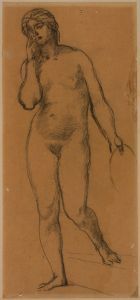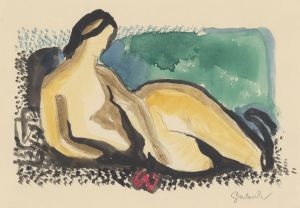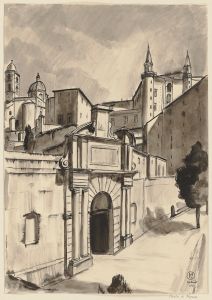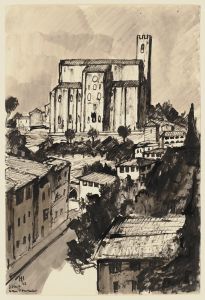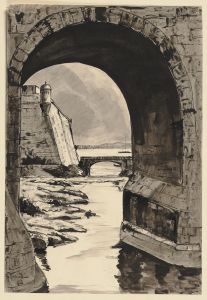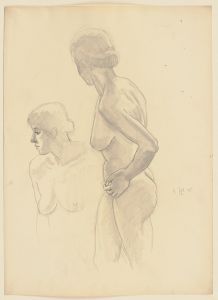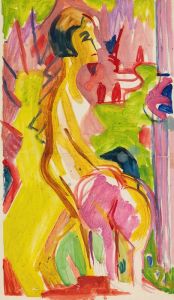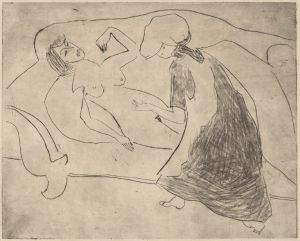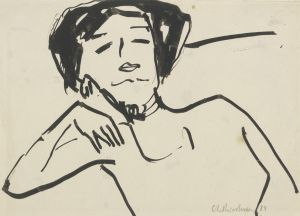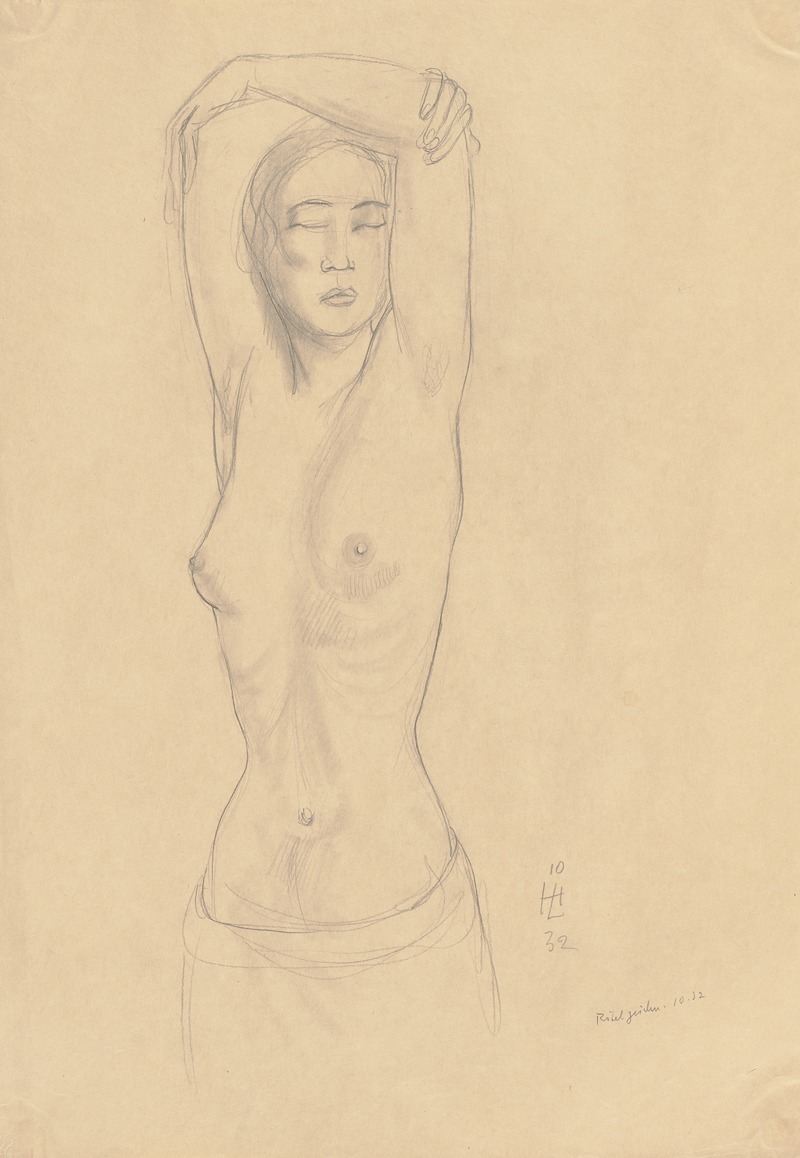
Frauenakt, die Arme über dem Kopf verschränkt
A hand-painted replica of Hermann Lismann’s masterpiece Frauenakt, die Arme über dem Kopf verschränkt, meticulously crafted by professional artists to capture the true essence of the original. Each piece is created with museum-quality canvas and rare mineral pigments, carefully painted by experienced artists with delicate brushstrokes and rich, layered colors to perfectly recreate the texture of the original artwork. Unlike machine-printed reproductions, this hand-painted version brings the painting to life, infused with the artist’s emotions and skill in every stroke. Whether for personal collection or home decoration, it instantly elevates the artistic atmosphere of any space.
Hermann Lismann was a German painter known for his contributions to the Expressionist movement in the early 20th century. One of his notable works is "Frauenakt, die Arme über dem Kopf verschränkt," which translates to "Female Nude with Arms Crossed Above the Head." This painting exemplifies Lismann's engagement with the human form and his exploration of expression through posture and composition.
Lismann was born in 1878 in Metz, which was part of the German Empire at the time. He studied at the Academy of Fine Arts in Munich, where he was influenced by the burgeoning Expressionist movement. This movement was characterized by its focus on representing emotional experiences rather than physical reality, often through bold colors and dynamic compositions.
"Frauenakt, die Arme über dem Kopf verschränkt" reflects these Expressionist ideals. The painting features a female nude, a common subject in art history, but Lismann approaches it with a modern sensibility. The pose, with the arms crossed above the head, creates a sense of tension and movement, drawing the viewer's eye upward and emphasizing the elongated form of the figure. This posture can be seen as a departure from traditional representations of the nude, which often focused on idealized beauty and passive poses.
Lismann's use of color and brushwork in this painting further underscores the emotional intensity typical of Expressionism. While specific details about the color palette and technique used in "Frauenakt, die Arme über dem Kopf verschränkt" are not widely documented, Lismann's broader body of work often features vivid colors and expressive, sometimes rough brushstrokes. These elements work together to convey a sense of immediacy and emotional depth.
Throughout his career, Lismann was part of the broader cultural and artistic shifts occurring in Germany and Europe. The early 20th century was a time of great change, with artists seeking new ways to express the complexities of modern life. Lismann's work, including "Frauenakt, die Arme über dem Kopf verschränkt," can be seen as part of this larger movement towards modernism and abstraction.
Unfortunately, Lismann's career was significantly impacted by the political turmoil of his time. As a Jewish artist in Nazi Germany, he faced persecution and was forced to flee the country. He spent the later years of his life in France, where he continued to paint but with less recognition than he might have received had he remained in Germany.
"Frauenakt, die Arme über dem Kopf verschränkt" stands as a testament to Lismann's skill and his ability to convey complex emotional states through the human form. While not as widely known as some of his contemporaries, Lismann's work remains an important part of the Expressionist movement, offering insight into the ways artists of the time grappled with the rapidly changing world around them.
In summary, Hermann Lismann's "Frauenakt, die Arme über dem Kopf verschränkt" is a significant work within the Expressionist canon, highlighting the artist's innovative approach to the nude and his ability to capture emotion through form and color. Despite the challenges he faced during his lifetime, Lismann's contributions to modern art continue to be appreciated for their emotional depth and expressive power.





